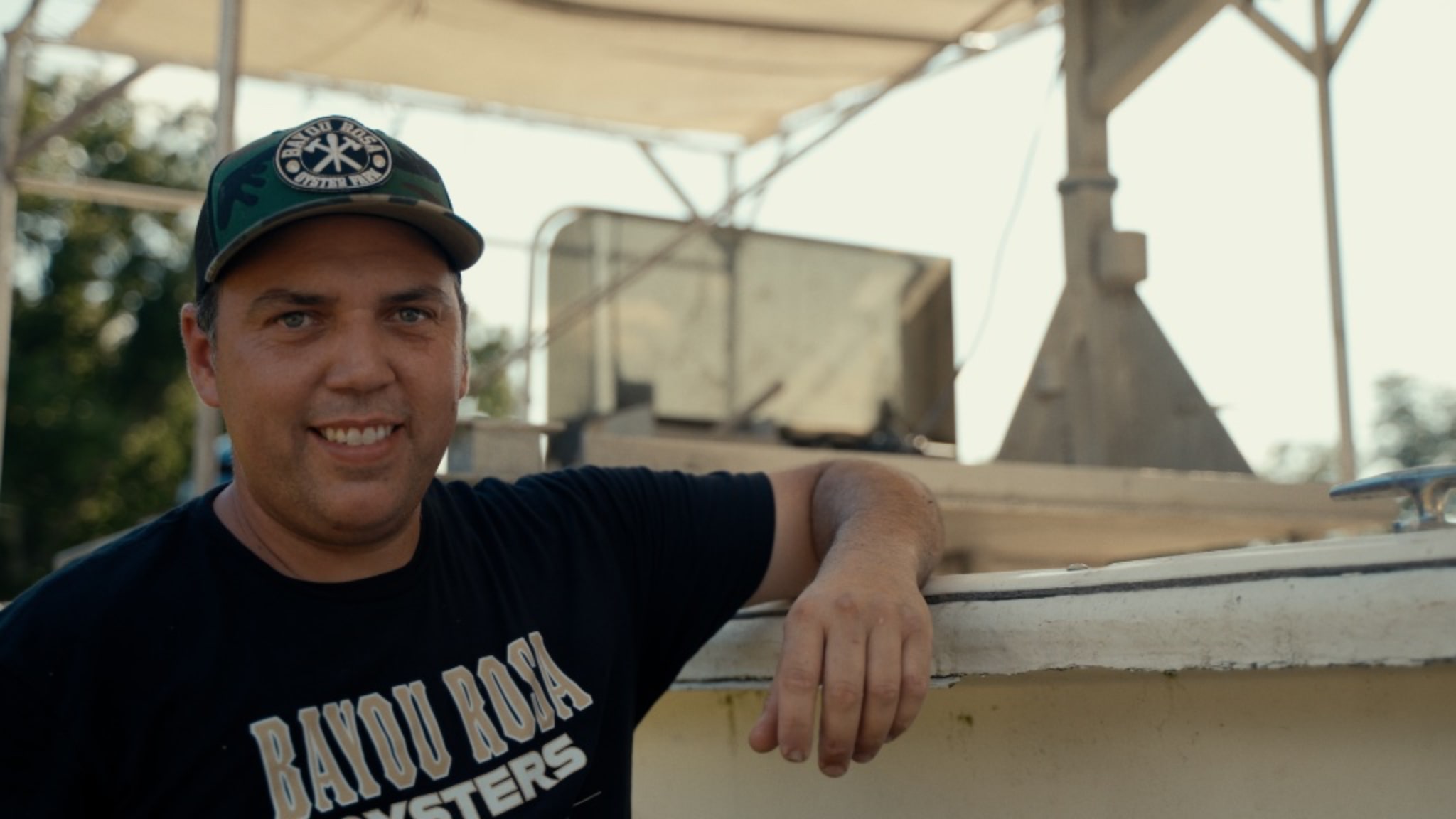13
EPISODE THIRTEEN : UNITED HOUMA NATION
OUR STORYTELLERS

JOSHUA

JASON
BASKET
dapúsek
(Houma)
Before colonialism, the Houma were among the many Indigenous groups native to Louisiana’s interior. But by the 17th century, French and Spanish colonizers encroached on their land and displaced the Houma to the coast.
Although the bayous that line the Gulf of Mexico are not accessible places to live, the Houma adapted to the new geography and learnt to live from the land. Among other native plants, the short, shrubby palmetto plant was quickly adopted as an essential resource.
This plant became central to Houma ways of life and culture, as many essential items were made from its leaves and stems, including palmetto huts, traditional medicines and woven baskets.
For over three centuries, these baskets called dapúsek in the Houma language, were crucial to everyday life and used to carry and store everything from fish and wild game to medicine, clothing and even children.
Weavers are highly skilled artisans, learning much of their craft from family mentors, with each basket taking upwards of 30 to 40 hours to complete. They developed specialized weaving techniques, like the laborious and intricate Houma half-hitch knot.


However, the practice steadily disappeared in the 1930s when children were forced to attend state-run American Indian boarding schools, where they were prevented from speaking their language and practicing their culture.
Several generations of Houma were fully assimilated and alienated from their traditions, such as basket weaving. However, in the 1990s, some of their descendants began to revive traditional practices by teaching themselves how to weave and hosting youth workshops to pass on their knowledge.
While the Houma have made strides in reviving these practices, climate change is now threatening their continuation. Rising sea levels and stronger hurricanes are displacing many Houma communities inland, away from their traditional territories on the bayou.
Community leaders are therefore doubling their efforts to offer cultural workshops to youth both inside and outside of their communities to ensure that cultural practices can persist despite physical displacement from the territory.
Even in the face of colonization, assimilation and climate change, the Houma have succeeded in keeping their traditions alive and ensuring that future generations will be able to practice them for years to come.

CONTACT US
Have a story about your own little big community?
Reach out and let us know! We would love to help you tell it.
